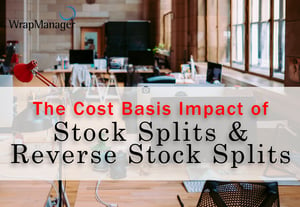Saving for Retirement and Potential Health Care Costs
Your friend Jody has recently started a new job and she has several options for saving for her retirement and future health care costs.
Jody’s new employer offers a 401(k) with a match of up to 3% of her salary. They also offer a Health Savings Account (HSA) option. Jody lives in a state that does not tax withdrawals from HSAs for qualified medical expenses and contributions to HSAs may be deducted from taxable income for state income tax purposes.
In addition, Jody also has a Roth IRA which she is using to save for her retirement.
Jody is in very good health and would prefer to have a health plan that limited her upfront health care costs while allowing her to save for future expenses. She is comfortable with a high deductible plan. She is financially secure and doesn’t plan on touching the money in her Roth IRA until retirement.
Assume Jody meets the eligibility requirements to participate in her employers 401(k) program, enroll in a Health Saving Account, and simultaneously has enough to contribute to a Roth IRA.
[+] Read More

















